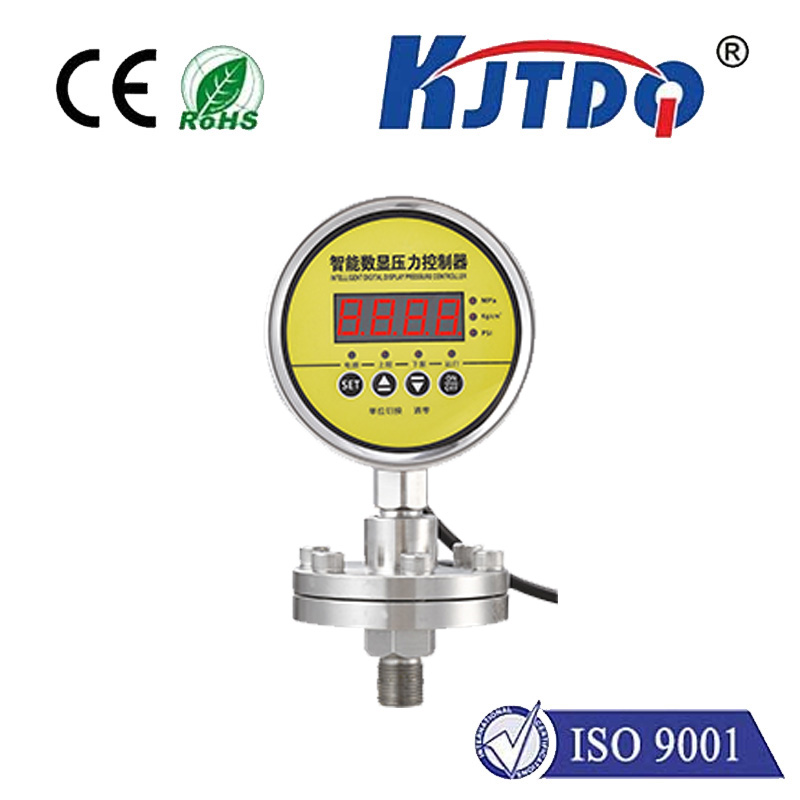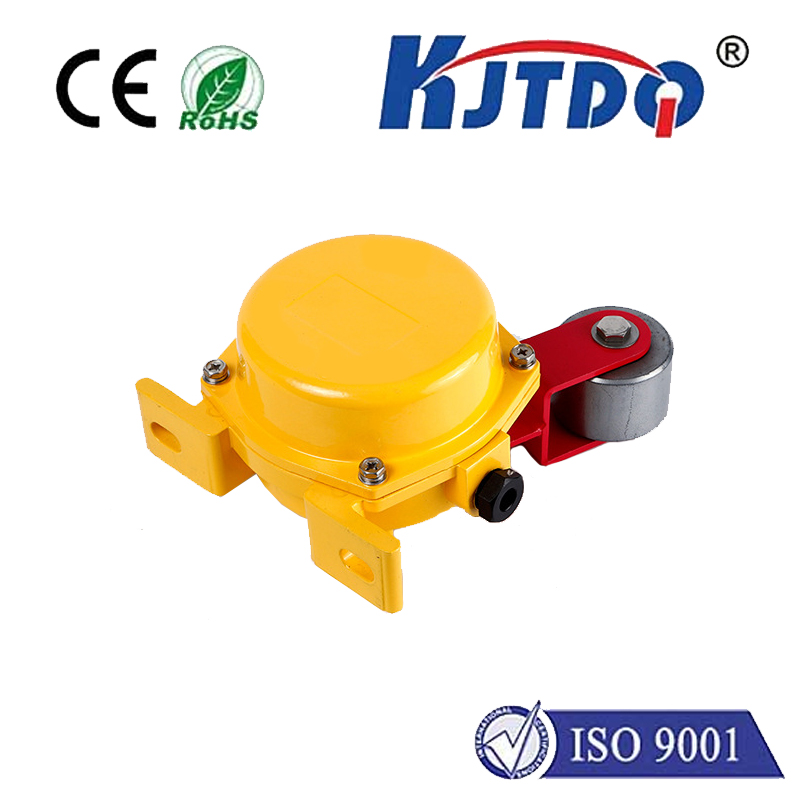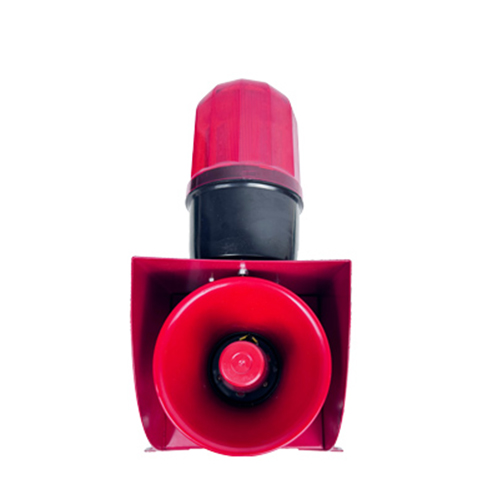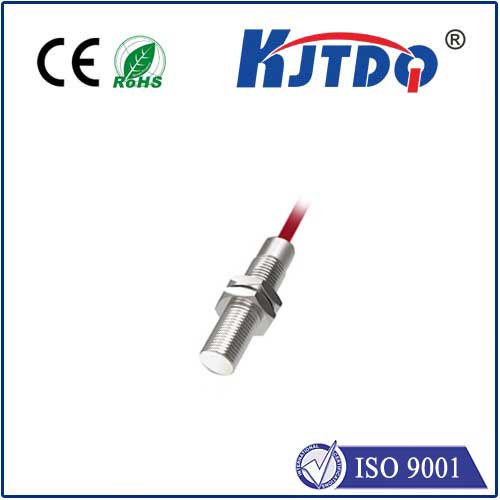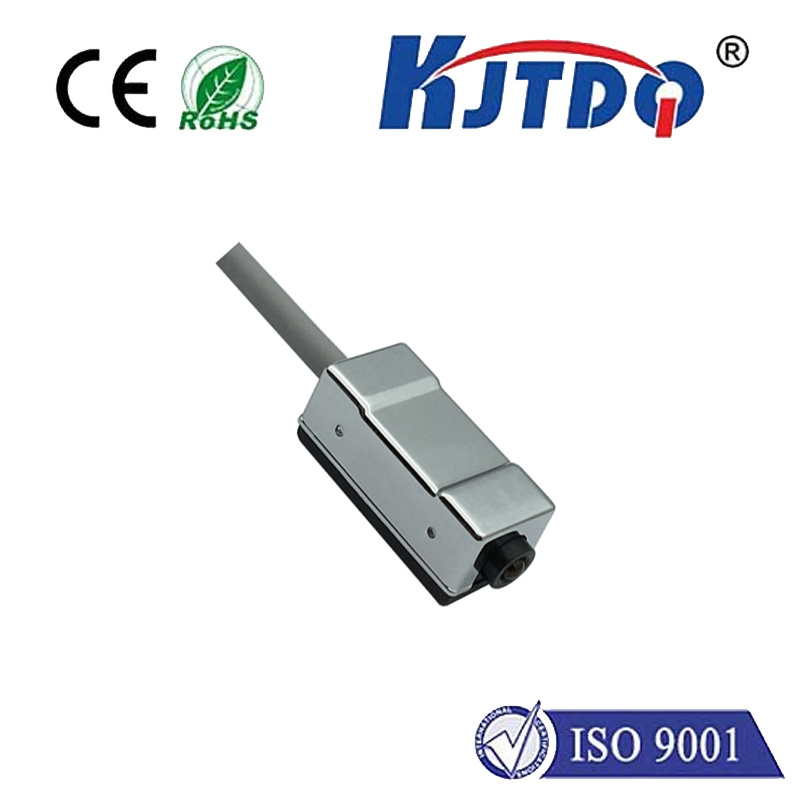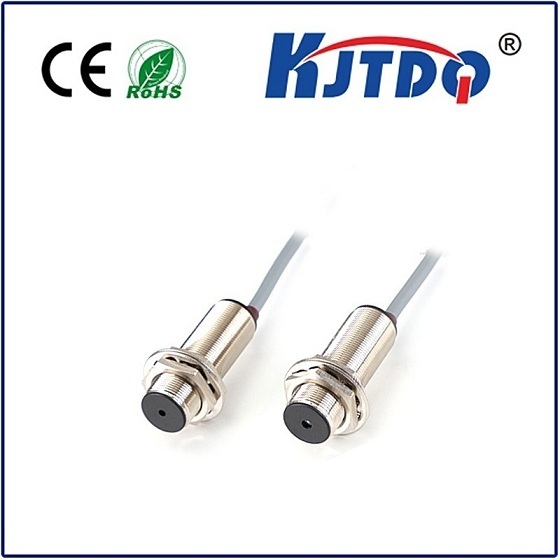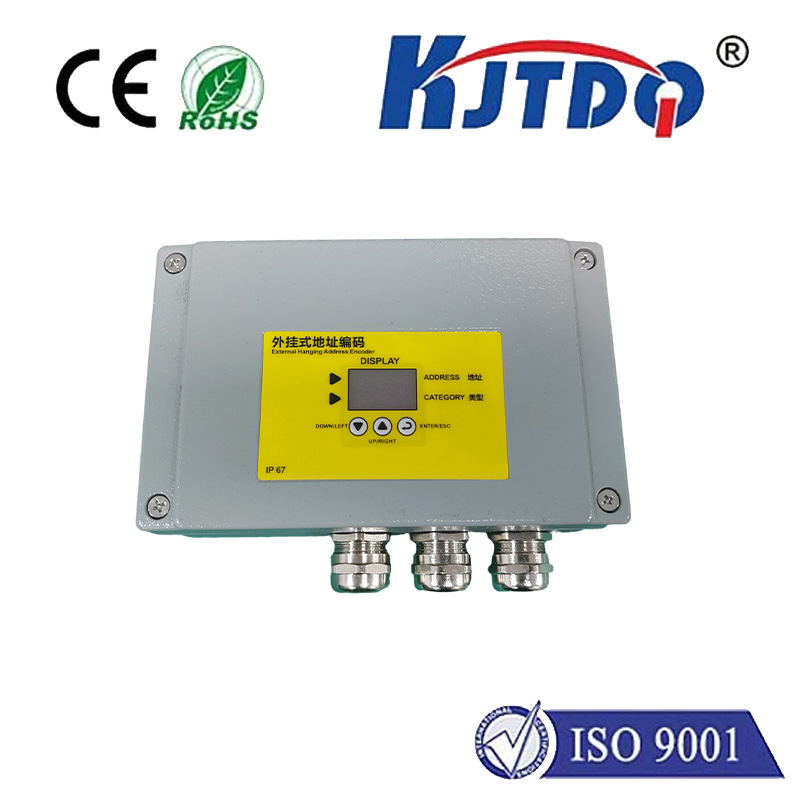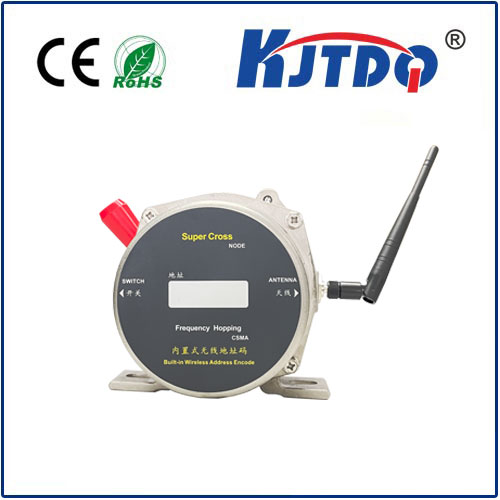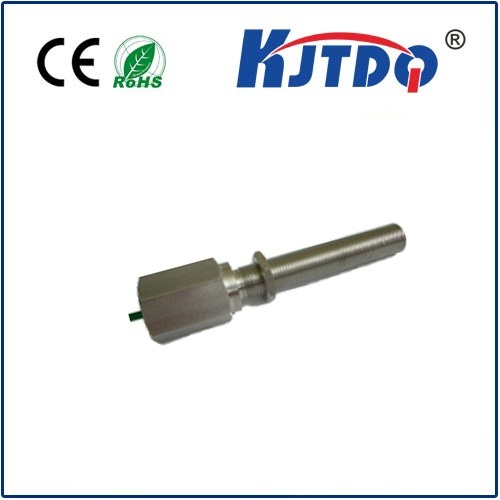proximity speed sensor
- time:2025-06-17 01:44:21
- Click:0
Proximity Speed Sensors: The Unseen Force Driving Precision and Safety
Imagine navigating a bustling factory floor where robotic arms move with lightning speed, assembling intricate components. Now, picture the chaos if those arms couldn’t precisely gauge the distance to objects or their own velocity. Or consider your car automatically braking just in time to avoid a collision, relying on an unseen system to detect an obstacle and how rapidly it’s approaching. In countless critical applications, from advanced manufacturing to vehicle safety systems and beyond, this vital function – detecting the presence, distance, and crucially, the speed of nearby objects without physical contact – is performed by the unsung hero: the proximity speed sensor.
More than just detecting if something is “there” or “not there,” these sophisticated devices provide continuous, real-time information about an object’s motion relative to the sensor. They combine the fundamental principles of proximity sensing with the ability to accurately measure velocity or rotational speed, making them indispensable components in modern automation, control systems, and safety mechanisms. Their non-contact nature is key, eliminating wear and tear, allowing them to function reliably in harsh environments where physical switches would fail, and enabling high-speed measurement capabilities that contact-based methods simply cannot achieve.

Unveiling the Core Principles: How They “See” Speed Remotely
Proximity speed sensors primarily rely on several established physical phenomena to detect presence and measure motion:
- Inductive Sensing: Ideal for detecting metallic targets. The sensor contains a coil generating an oscillating electromagnetic field. When a metal object enters this field, it induces eddy currents within the metal, causing a measurable change in the coil’s characteristics (inductance, resistance, oscillation frequency). By precisely analyzing the rate of change in this signal as the target moves past or rotates near the sensor, the velocity or rotational speed can be derived. These sensors are robust, reliable, and excellent for high-speed applications like monitoring motor shaft speed or gear rotation in industrial settings.
- Capacitive Sensing: These sensors detect changes in capacitance (the ability to store electrical charge) caused by a target object entering an electrostatic field. Virtually any material (metal, plastic, wood, liquid) can be detected if it alters the capacitance between electrodes within the sensor and its surroundings. While primarily used for presence/absence or level detection, advanced capacitive sensors can be configured to measure movement speed by tracking the rate of capacitance change caused by a passing object’s profile.
- Optical Sensing: Utilizing light beams (infrared, visible, or laser), these sensors detect interruption or reflection. Common configurations include:
- Through-Beam: An emitter sends a beam to a separate receiver. An object passing through breaks the beam, triggering detection. Speed can be calculated based on the time the beam is broken relative to the object’s known size or by dual-beam setups measuring time-of-flight between interruptions.
- Reflective (Retroreflective): The sensor houses both emitter and receiver. The beam bounces off a reflector back to the receiver. A passing object interrupts this reflection.
- Diffuse Reflective: The emitter and receiver are co-located. Light reflects off the target object itself back to the receiver. The intensity of the return signal relates to distance and reflectivity. Optical sensors excel at high-speed detection and can handle very small objects. Ambient light immunity is often a critical feature for reliable operation.
- Ultrasonic Sensing: Emitting high-frequency sound waves and measuring the time it takes for an echo to return. Distance is calculated using the speed of sound. By measuring the change in distance over very short time intervals (Doppler shift principles or direct time-of-flight differentials), the velocity of the target moving towards or away from the sensor can be determined. These sensors work well on varied surfaces, are unaffected by color or transparency, and can operate in dusty or foggy conditions where optical sensors might struggle.
The Powerhouse Features: Why They Are Essential
The fusion of proximity detection and speed measurement within a single device offers unparalleled advantages:
- Non-Contact Operation: Eliminates mechanical wear, reduces maintenance costs, and allows for measuring fragile or fast-moving objects that couldn’t withstand physical contact.
- High-Speed Capability: Modern proximity speed sensors can detect and measure motion at incredible speeds, far exceeding the capabilities of mechanical tachometers or encoders.
- Robustness & Reliability: Designed to withstand industrial environments – resistant to vibration, shock, dust, moisture, oil, and temperature extremes. Inductive sensors are particularly famous for their toughness.
- Precision & Accuracy: Deliver highly accurate measurements of distance and, critically, velocity or rotational speed, essential for process control, quality assurance, and safety systems.
- Versatility: Available in diverse form factors (cylinder, block, ring, slot) and technologies, allowing selection for specific application needs regarding target material, required sensing range, environmental conditions, and required speed measurement resolution.
- Continuous Real-Time Feedback: Provide constant data streams, enabling systems to react instantly to changes in motion or position, facilitating closed-loop control and predictive maintenance.
Where the Invisible Makes the Difference: Diverse Applications
Proximity speed sensors are the silent enablers across countless sectors:
- Industrial Automation & Manufacturing:
- Motor & Gearbox Speed Monitoring: Real-time tracking of shaft rotational speed for process control, overload prevention, and synchronization. Predictive maintenance based on vibration or speed anomalies.
- Conveyor Belt Speed Control: Ensuring consistent product flow and timing for assembly lines or packaging.
- Positioning & Counting: Detecting the passage of parts on a line and accurately counting them, often combined with speed data for precise timing.
- Robotics: Enabling safe interaction by detecting nearby objects and their movement, crucial for collision avoidance systems. Providing feedback on robotic arm joint positions and speeds.
- Press Brakes & Metal Forming: Monitoring ram position and speed for precision bending operations.
- Automotive & Transportation:
- Anti-lock Braking Systems (ABS): Measuring wheel speed individually to prevent lock-up during braking.
- Traction Control Systems (TCS): Detecting differences in wheel speeds to manage slip.
- Engine Control: Monitoring crankshaft and camshaft rotational speed for precise fuel injection and ignition timing.
- Transmission Systems: Measuring input/output shaft speeds in automatic and semi-automatic transmissions for smooth gear shifting.
- Advanced Driver Assistance Systems (ADAS): While radar/lidar often handle longer ranges, proximity speed sensors play roles in park assist systems, detecting nearby obstacles during low-speed maneuvers.
- Aerospace: Monitoring turbine engine rotational speeds, landing gear position and extension/retraction speed, control surface positions.
- **Consumer






